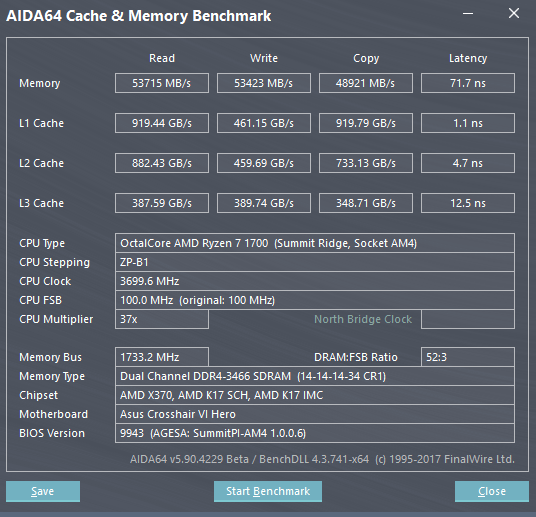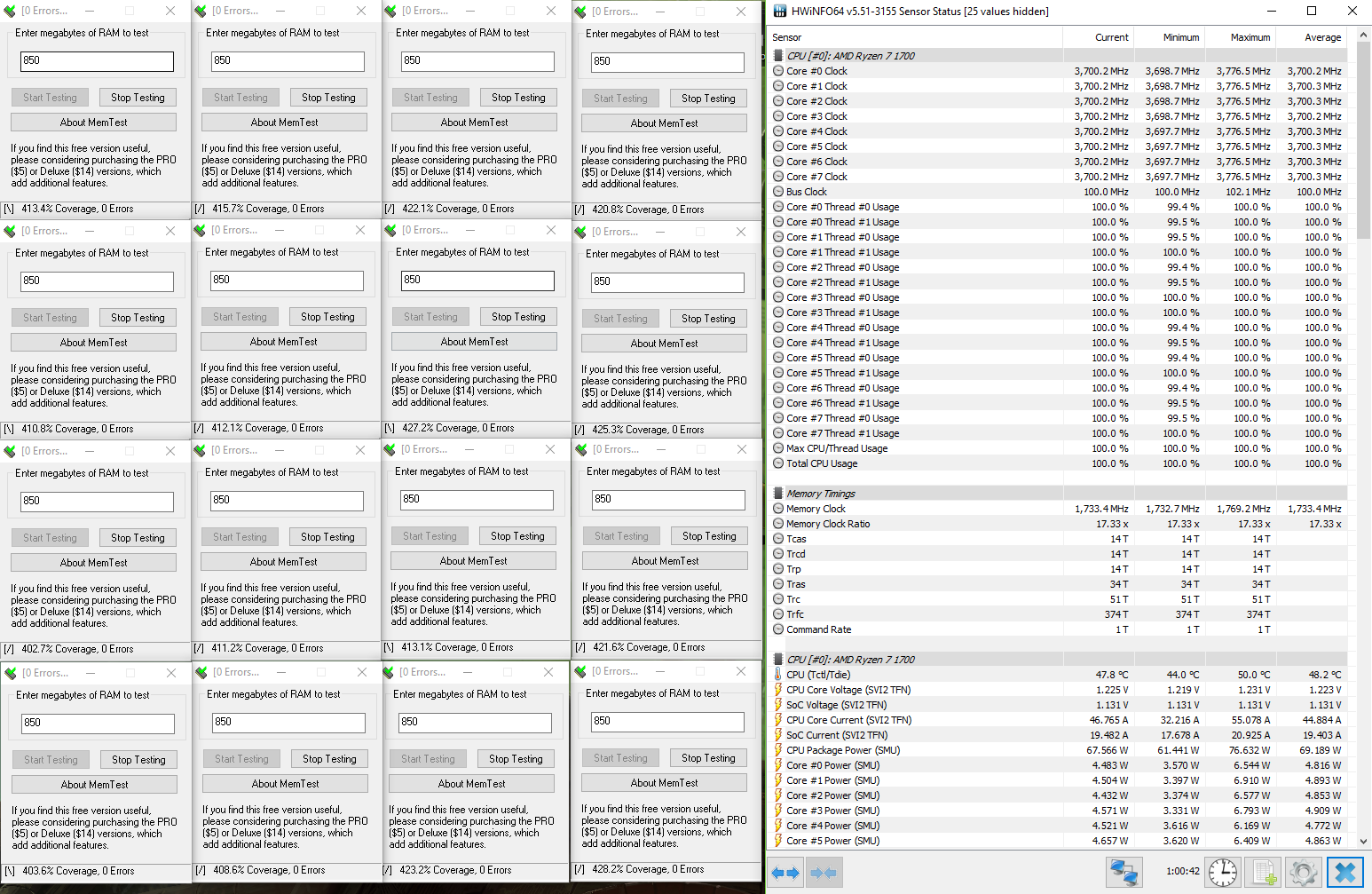itsmydamnation
Veteran
I dont know why you guys get hung up on this stuff, unless something is drastically wrong with a very large portion of those good 8 core dies you are only taking a few dollars remember there are near 300 chips a wafer. if we assume stupid numbers.
wafer cost 7k
80% yield 20 % failure (237 dies) = $29
70% yield 30% failure (207 dies) = $33
60% yield 40% failure (178 dies) = $39
Now if 80% of dies have all 8 core and are functional how many of the SOC with failures are still usable, it could still easily be 50% of those, so 90% that "work" as a CPU. So the lowest bin is 3.2/3.4ghz, now if we look at something like 1600/1700 vs 1800x the extra binning is only buying you on OC about 200mhz so do we really think there are these hordes of dies that can't reach 4 core 3.2/3.4 in 65watts?
Personally i would find that a little odd.....
So if they can all reach a minimum of 4c 3.2/3.4 thats $23 a die,
90% of 90% (240 dies) = $29
80% of 90%(213 dies) = $32
Then think about this, amd could take all these rubbish clocking dies ( if they actual exists) put them on an MCM and sell them as a Xeon-D competitors 16/24/32 core ~2ghz clock 45-95watt.
Really we are talking about $10 a chip here, if we assume revenue per cpu averages out at $219MSRP (1600, 3rd lowest of 7 sku's) your talking 4.5% of its cost 10million dollar on 219 million of MSRP revenue. its not making or breaking anything.
i'll also add that well over a year ago Samsung said 14nm LPP had 0.1 sq cm defect density ( 80% 0 defect yield on 200mm sq)............
wafer cost 7k
80% yield 20 % failure (237 dies) = $29
70% yield 30% failure (207 dies) = $33
60% yield 40% failure (178 dies) = $39
Now if 80% of dies have all 8 core and are functional how many of the SOC with failures are still usable, it could still easily be 50% of those, so 90% that "work" as a CPU. So the lowest bin is 3.2/3.4ghz, now if we look at something like 1600/1700 vs 1800x the extra binning is only buying you on OC about 200mhz so do we really think there are these hordes of dies that can't reach 4 core 3.2/3.4 in 65watts?
Personally i would find that a little odd.....
So if they can all reach a minimum of 4c 3.2/3.4 thats $23 a die,
90% of 90% (240 dies) = $29
80% of 90%(213 dies) = $32
Then think about this, amd could take all these rubbish clocking dies ( if they actual exists) put them on an MCM and sell them as a Xeon-D competitors 16/24/32 core ~2ghz clock 45-95watt.
Really we are talking about $10 a chip here, if we assume revenue per cpu averages out at $219MSRP (1600, 3rd lowest of 7 sku's) your talking 4.5% of its cost 10million dollar on 219 million of MSRP revenue. its not making or breaking anything.
i'll also add that well over a year ago Samsung said 14nm LPP had 0.1 sq cm defect density ( 80% 0 defect yield on 200mm sq)............




